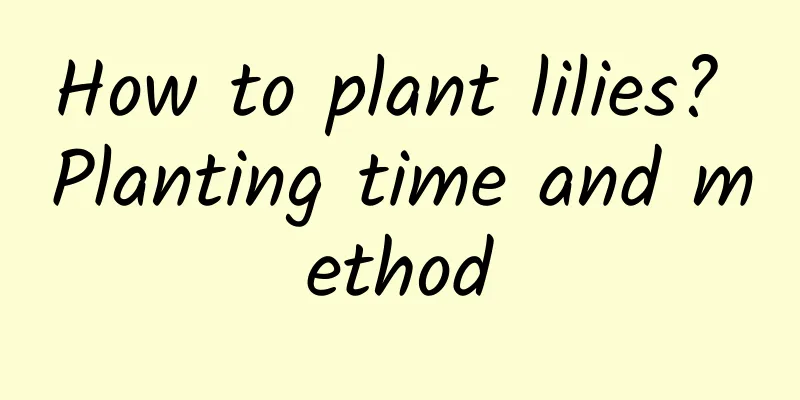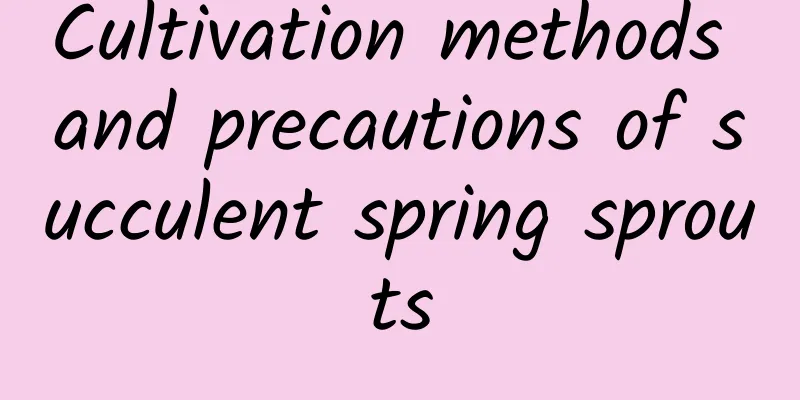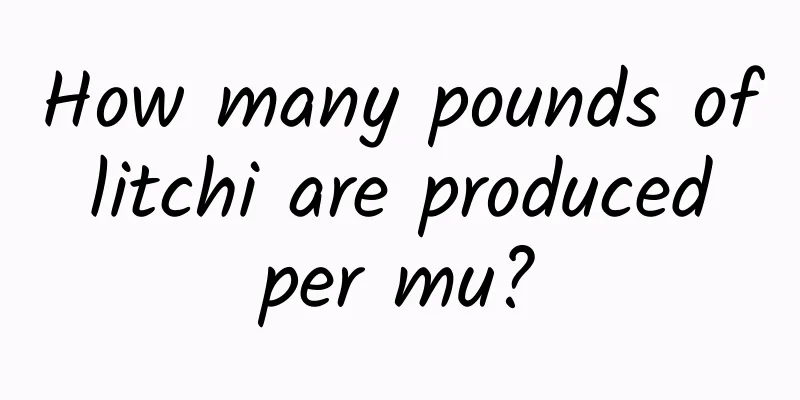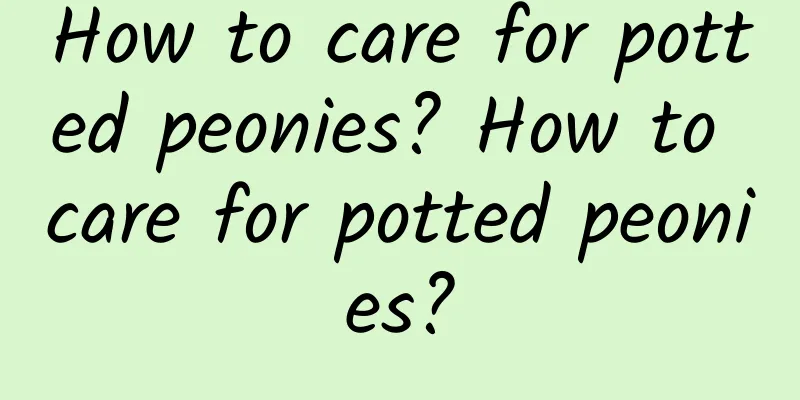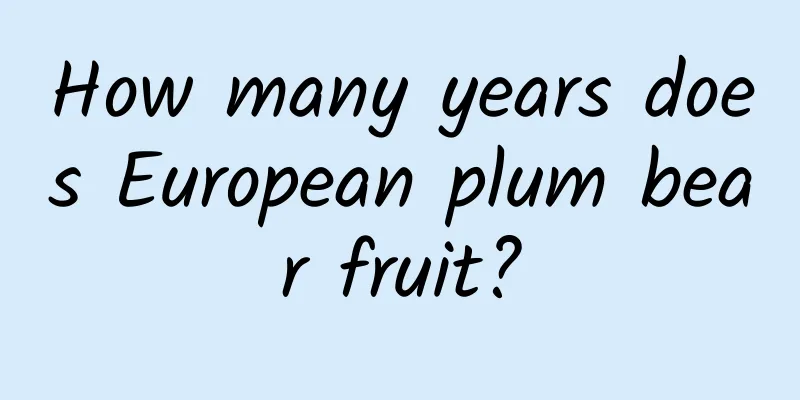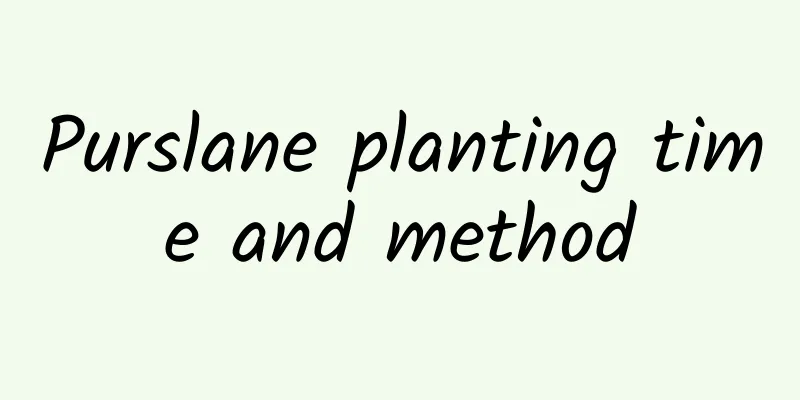Common diseases of elm and their prevention and treatment
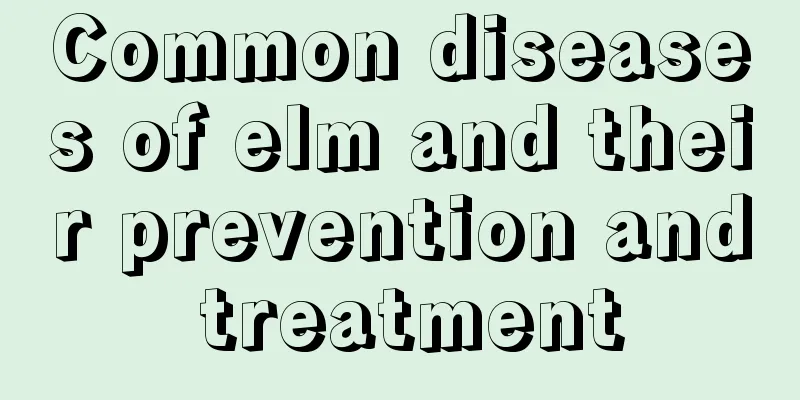
Elm cankerIdentification featuresAffected elm trees usually develop disease at the lenticels and pruning wounds. The initial lesions are not obvious and are dark in color. The cortical tissue becomes soft and dark gray. After the disease occurs, the bark tissue of the diseased part dies, the affected parts of the branches and trunk become thinner and sunken, crack longitudinally, produce spots, grow into a circle, and the plant dries up and dies. Small trees and seedlings die that year, while large trees die after several years. Prevention and treatment methods1. Never use diseased plants. Burn them on the spot once they are infected. 2. Prune branches in time and control elm weevils to improve disease resistance. 3. At the beginning of the disease, use 200-300 times diluted thiophanate-methyl, or 50-100 times diluted 50% carbendazim wettable powder for prevention and control. Elm diebackIdentification featuresThe initial symptoms are not obvious, and there are no more obvious symptoms when the bark begins to rot. Only the leaves on the twigs wilt and the leaves are very small. The rot symptoms can be seen when peeling the bark. After that, the diseased skin loses water and shrinks, and small vermilion warts will grow. If the diseased bark surrounds the branches and trunk, it will cause the branches and trunk to wither. Prevention and treatment methods1. Pay attention to pest control and prevent frost and sunburn. 2. Prune branches in time, clean up diseased and insect-infested branches and trees, as well as dead standing trees. 3. Do not over-prune ornamental trees in urban greening. At the same time, remove dead branches, dead trees and diseased trees. Elm AnthracnoseIdentification featuresAt the beginning of the disease, irregularly shaped spots appear on the leaves, which are light yellow or grayish white. Later, the spots develop black or dark brown granular protrusions, which are usually arranged in a radial pattern. In severe cases, the leaves turn yellow and fall off prematurely. Prevention and treatment methodsReduce the sources of infection, promptly cut off diseased leaves and branches, remove fallen leaves, and destroy them in a centralized manner. Drug control: When the leaves fall, you can spray 1:3:100 Bordeaux mixture or 500 times diluted 45% mancozeb. |
<<: Diseases of cherry blossoms and their prevention and treatment
>>: Diseases and Pests of Phlox and Their Control
Recommend
Cultivation methods and precautions of Hedinglan
1. Maintenance methods 1. Temperature: Crane orch...
The efficacy and function of Wuzhu
The role of bamboo Speaking of the effects of Wuz...
Chlorophytum comosum... Applying fertilizers randomly is like feeding poison, every pot you grow will die!
Green radish: spray some urea and beer Suitable f...
Is hyacinth poisonous?
1. Is it poisonous? Although its flowers are very...
How to grow Fairy Cave Monstera, pictures of Fairy Cave Monstera
1. Temperature The Fairy Cave Monstera is suitabl...
What fertilizers do pumpkins need (generally when to fertilize pumpkins)
Fertilizer requirements of pumpkin Pumpkins have ...
Chicken breeding technology and management methods
Chick breeding is an important part of the poultr...
Passion fruit cultivation methods and precautions
How to grow passion fruit soil Passion fruit is h...
When and how to plant sword beans
Sword bean, also known as large sword bean, sword...
Can Syngonium be hydroponically cultivated? Is hydroponics better or soil cultivation better?
Can Syngonium be hydroponically cultivated? Syngo...
How to deal with succulents being wet by rain (What to do if succulents are wet by heavy rain)
Can succulents be exposed to rain? In most people...
How to grow winter beauty and what to pay attention to (how to grow winter beauty to make it beautiful)
Winter Beauty can be said to be the exclusive suc...
How to quickly root Chlorophytum comosum
1. Soil requirements If you want the Chlorophytum...
How to fertilize the hanging bamboo plum
Fertilization method of hanging bamboo plum In te...
What to do if the leaves of golden pagoda flower curl up, how to prune (picture)
1. Treatment methods 1. Rehydration and moisturiz...

